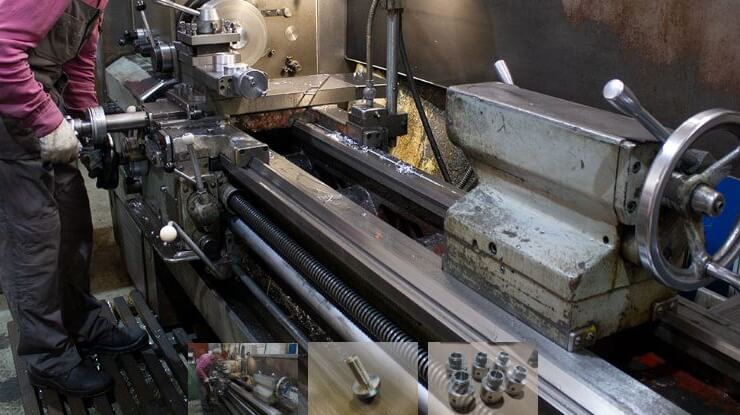It's no secret that numerically controlled (CNC) turning achieves the most precise manufacturing of a variety of parts. The most complex forms are created on equipment in a semi-autonomous or offline mode. All such turning work on CNC machines is carried out with a high level of reliability and productivity. The latter is reflected in the additional marking C1 ... C5 (the larger the number, the more accurate the device).
The devices differ among themselves depending on their design, the type of tasks performed, the degree of automation. The design may involve a different arrangement of the spindle axis, the constituent elements of the working body and guides.
The need to perform specific tasks predetermines the division of equipment into:
- center (for straight and curved workpieces),
- cartridge (for blanks of complex shape),
- cartridge center,
- carousel (for large parts),
- bar.
The machines are intended for the manufacture and processing of metal parts. They successfully fulfill their mission, since they have almost no gaps, a high indicator of rigidity of the toolkit, there are feedback sensors, vibration resistance is ensured, the nodes are preheated, which reduces the coefficient of thermal deformation to a minimum.
Excellent functioning of devices is impossible without control complexes, for which CNC blocks are responsible.
There are three types of blocks:
- contour, which allows curvilinear processing according to a given program (marked as F3);
- positional, which executes by introducing final coordinates (marked F1 and F2);
- adaptive, taking the best from the previous two methods (marked as F4).
The software comes with the machine, is purchased separately or is worked out individually. The last solution has the widest possibilities, provided that it is created by a competent specialist who knows all the specifics.
All CNC programs involve several steps:
- preparation;
- bringing the blank to the required state;
- Perform additional processing (optional).
The production of particularly complex elements will require consistent equipping with various software carriers, whose sequence must be calculated taking into account many factors.
Auxiliary tools necessary for working with metal blanks require special attention. There are a lot of them, and they serve the purposes of loading, lubricating, clamping, cleaning chips, changing working tools, etc. It is necessary to take into account their compatibility with the turning unit.





